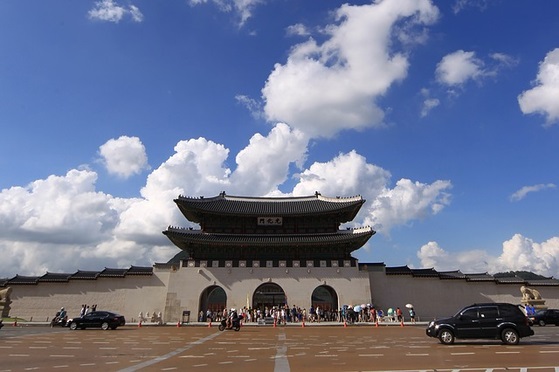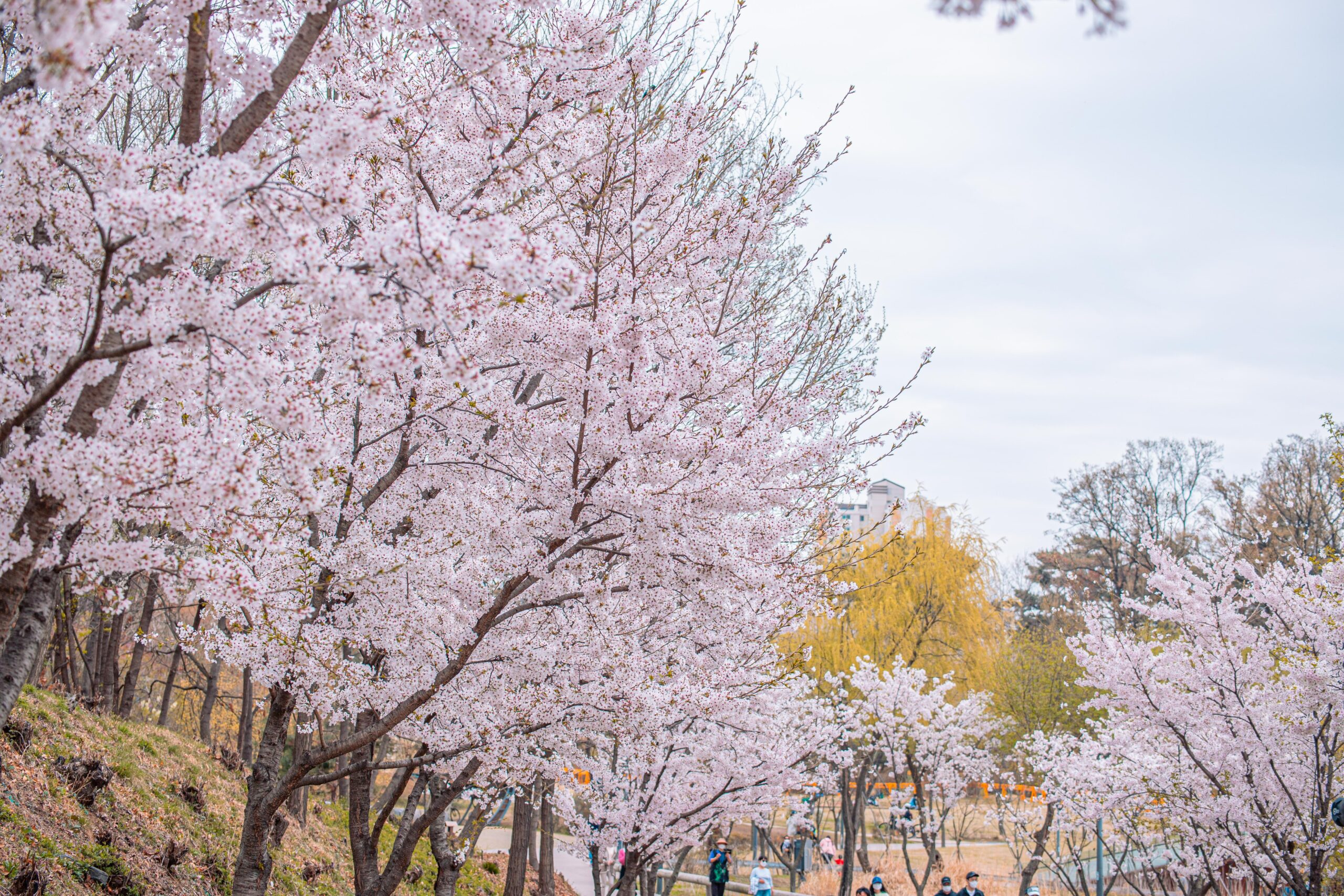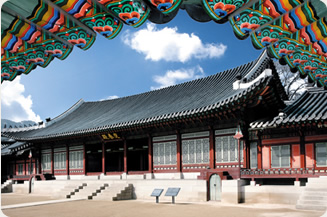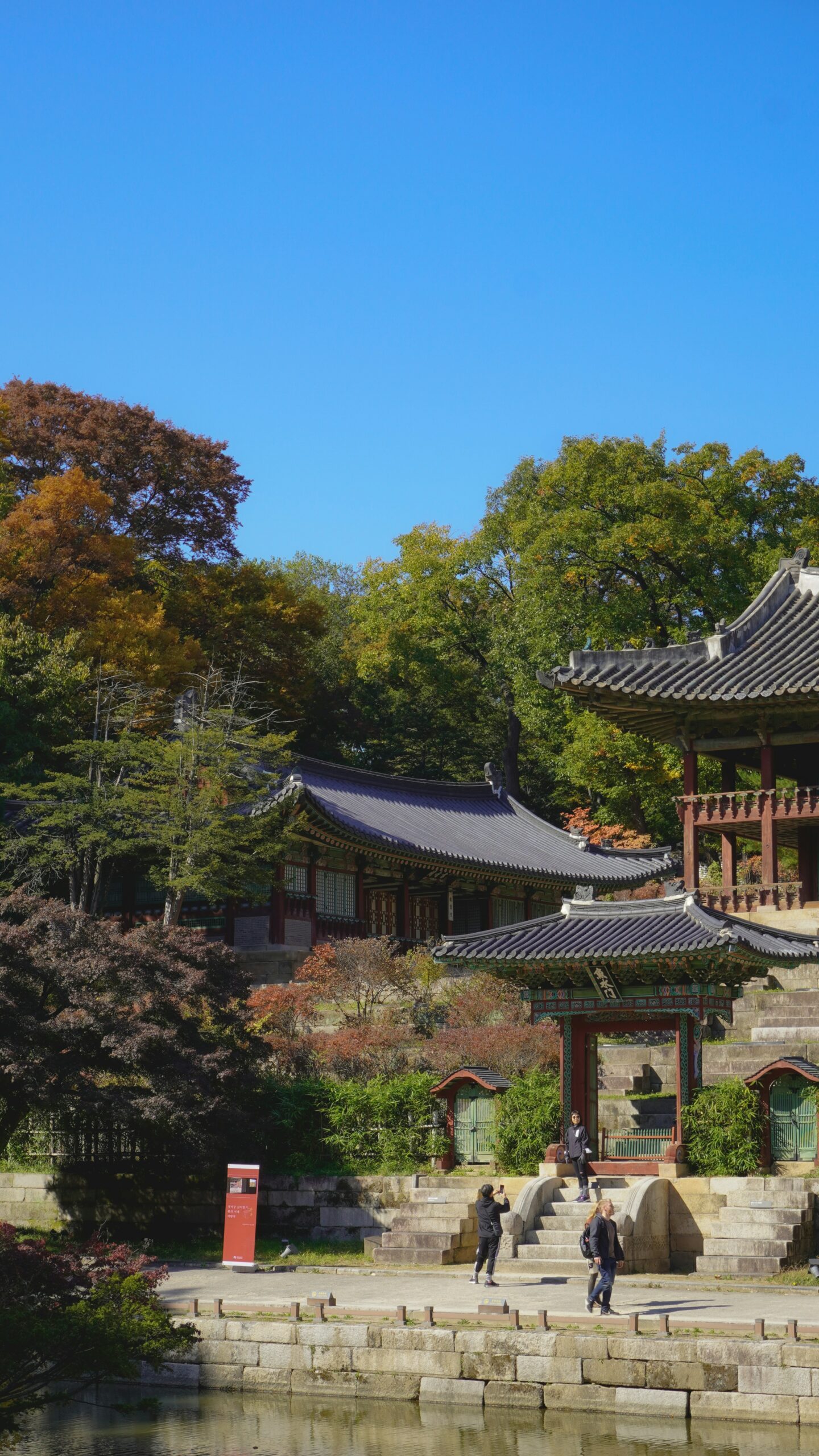Step into the magnificent Gyeongbokgung Palace through the grand entrance of Gwanghwamun gate, the centerpiece of the palace complex. This beautiful gate, also known as the “Gate of Expansive Righteousness,” features a double-roofed pavilion and three arched openings, with a high stone foundation that adds to its grandeur. The central opening was reserved for the king, while the crown prince and officials entered through the side openings.
But did you know that Gwanghwamun gate wasn’t always in its current location? In the 1920s, the Japanese general government building in Korea was built right behind the gate, and it had to be moved to the north of Geonchunmun. Unfortunately, during the Korean War, the gate was bombed, and the pavilion was destroyed, leaving only the stone foundation.
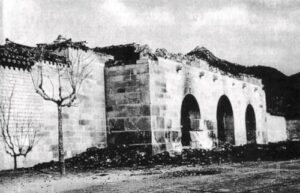
Reviving the Past: The Controversial Restoration of Gwanghwamun Gate
Thankfully, in the 1960s, the Korean government recognized the importance of preserving historical sites, and Gwanghwamun gate was included in the restoration plan for Gyeongbokgung Palace. However, the first reconstruction effort was not without controversy. The gate was rebuilt with a concrete base and a traditional wooden facade, losing the natural beauty of wood and dancheong. Additionally, it was moved back 14.5 meters from its original location to fit the Japanese government building.
However, this main gate of Gyeongbokgung palace was rebuilt with a concrete base disguised as a traditional wooden building. It lost the natural beauty coming from the harmony of wood and dancheong (단청). Also, it wasn’t even in place. It was restored to fit the Japanese General Government Building in Korea and stepped back about 14.5 meters from its original position.
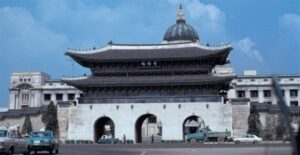
Bringing the Past to Life: The Restoration of Gwanghwamun Gate
But fear not! “Restoration project” launched in 2006 restored Gwanghwamun gate to its original appearance during King Gojong’s reign in 2010. Visitors can now marvel at the grandeur of the gate and experience the history and culture of Korea’s royal palace.
